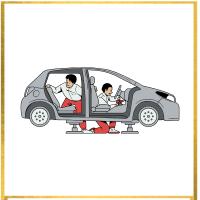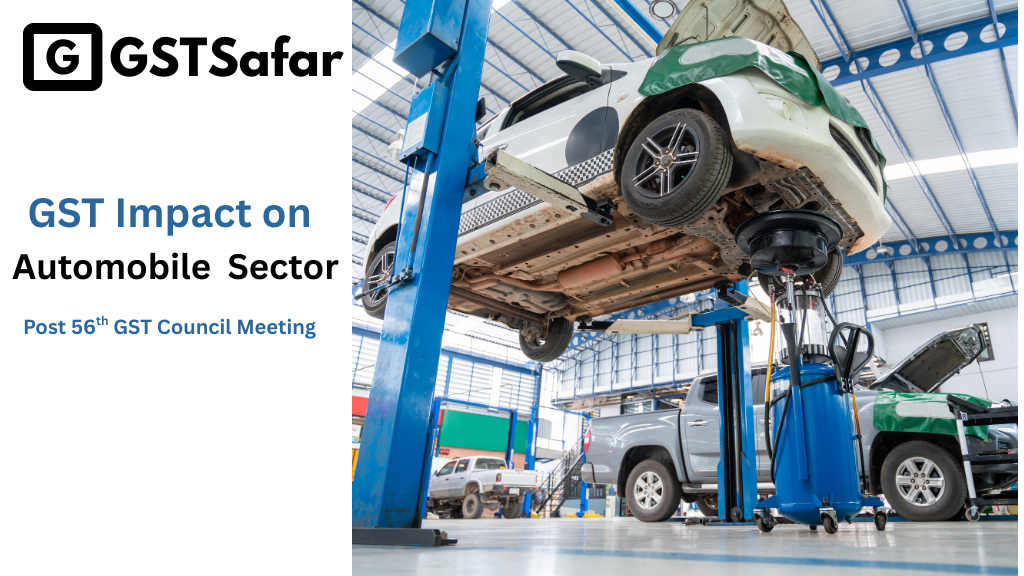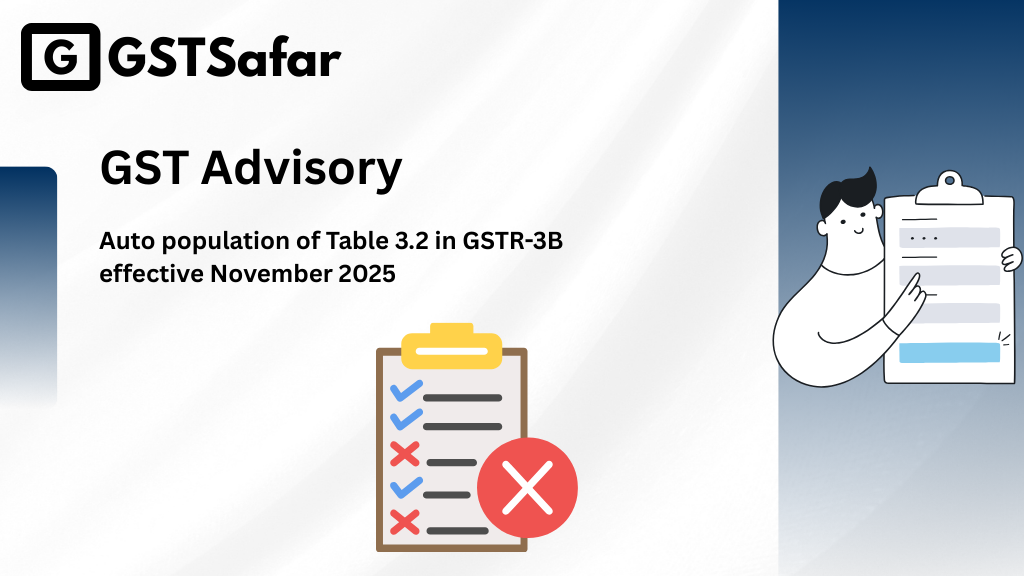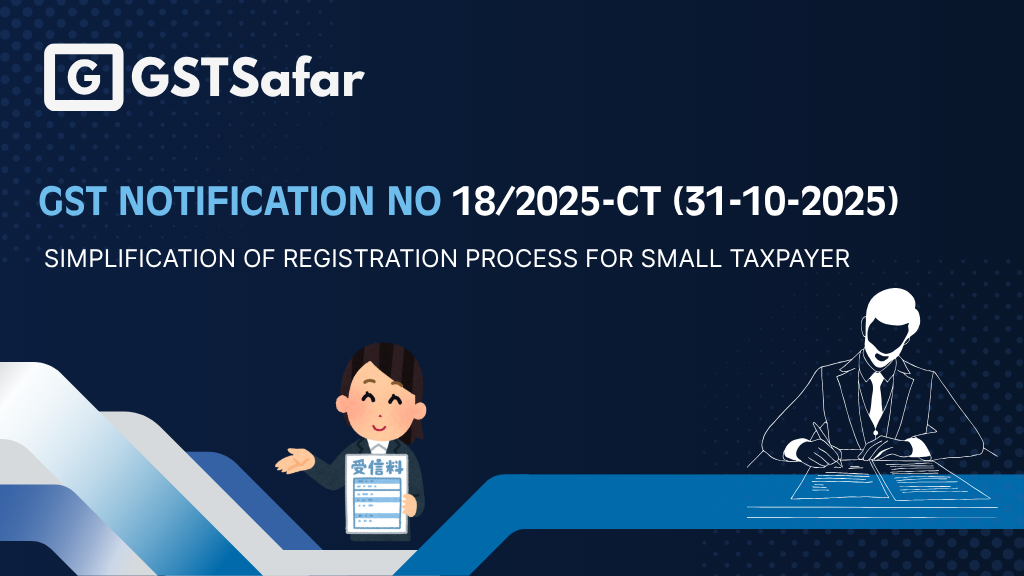GST Impact on Automobile Sector : Post 56th GST Council Meeting

GST Impact on Automobile Sector Post 56th GST Council Meeting has become a landmark change in india’s taxation framework for vehicles. The 56th GST Council Meeting held on 03-09-2025 introduced a simplified GST structure effective from 22-09-2025 by replacing multiple slabs with streamlined rates.This reforms significantly reduces tax burdens across categories ranging from small and large cars to commercial vehicles, buses, tractors and ambulances making automobiles more affordable for consumers while ensuring greater clarity for businesses.

Overview of GST Structure in Automobile Sector
Current GST Structure V/S Post-56th Council Meeting
| Category | Old Rate (GST + Cess Rate) | New Rate | Effective From |
| Small Cars (Petrol ≤1200cc & ≤4000mm) | 28%+1%=29% | 18% | 22-09-2025 |
| Small Cars (Diesel ≤1500cc & ≤4000m) | 28% + 3% = 31% | 18% | 22-09-2025 |
| Large Cars (Above small car limits) | 28% + 15–22% = 43–50% | 40% | 22-09-2025 |
| Two-wheelers (≤350cc) | 28% + 3% = 31% | 18% | 22-09-2025 |
| Two-wheelers (>350cc) | 28% + 3% = 31% | 40% | 22-09-2025 |
| Electric Vehicles (All) | 5% | 5% | Unchanged |
| Commercial Vehicles | 28% | 18% | 22-09-2025 |
| Buses | 28% | 18% | 22-09-2025 |
| Tractors (<1800cc engine capacity) | 12% | 5% | 22-09-2025 |
| Road Tractors (>1800cc engine capacity) | 28% | 18% | 22-09-2025 |
| Trucks | 28% | 18% | 22-09-2025 |
| Three wheelers | 28% | 18% | 22-09-2025 |
| Ambulances | 28% | 18% | 22-09-2025 |

Let’s Understand the impact of rate cuts on automobile sector practically!! ( Impact on small Cars*) e.g Maruti Swift.
| Component | Old Amount | New Amount |
| Pre-tax Price | 5,03,100 | 5,03,100 |
| GST | 1,45,900 (28% + 1% (Cess) | 90,558 (18% (No Cess) |
| EX- Show room Price | 6,49,000 | 5,93,658 |
| Cost Saving Highlight |
That’s a direct saving of 8.53% on the ex showroom price — a substantial reduction, giving buyers more value at the same quality. | |
*Small Car Means Petrol, LPG, or CNG cars with engine capacity up to 1200cc and length up to 4000mm and Disel cars with engine capacity up to 1500cc and length up to 4000mm.

Now Let’s take example of Large car *
| Component | Old Amount | New Amount |
| Pre-tax Price | 10,00,000 | 10,00,000 |
| GST | 5,00,000 (28% + 22% (Cess) | 4,00,000 (40% (No Cess) |
| EX- Show room Price | 15,00,000 | 14,00,000 |
| Cost Saving Highlight |
That’s a direct saving of 6.67% on the ex showroom price — making the vehicle more affordable while offering the same features and performance. | |
*Large Car Means engine capacity of vehicle exceeding 1500cc or length exceeding 4000mm.
Conclusion:
- The GST rate cut largely benefits end consumers, as they directly bear the tax cost
- Businesses eligible for ITC (e.g., car rentals, tour operators, logistics providers, corporates) are tax-neutral on base GST, since ITC offsets their liability.
- Cess ITC can be claimed, but it is of no practical use because it can only be set off against output cess, which these businesses typically don’t have.
- Therefore, the removal of cess on large cars is a genuine saving for both consumers and businesses
- Result: Consumers see lower purchase prices, while businesses enjoy reduced acquisition costs.
Download PDF of GST Impact on Automobile Sector – Post 56th GST Council Meeting









